#murad ii
Explore tagged Tumblr posts
Text



Murathan Muslu as Murad II in Hunyadi (2025– )
#hunyadi#hunyadiedit#perioddramaedit#rise of the raven#murathan muslu#murad ii#mine#get in loser we are going to betray our country
37 notes
·
View notes
Text

#meme#middle eastern history#history#early modern history#ottoman#turkic#medieval#ottoman empire#medieval history#john hunyadi#Murad II#european history#military history#history memes#funny#hungary#hungarian history
36 notes
·
View notes
Text
Rewatching the Murad era of Muhtesem Yuzyil: Kosem sure hits different now that I've obsessed about Alicent and Aegon's mother-son relationship a 100 different ways. Unfortunately, my baby Alicent is not the iron-fisted force of nature Kosem is, and Murad shares Aegon's impulsive brashness but his decisions pan out better. The mother-son dynamic though, and the fact that both mothers outlived the sons...plus, judging by the S2 trailer, just like Murad, Aegon is going to make a habit of not heeding the woman who enthroned him.
Sons as their mother's sword arm except the blade is poisoned, URGH!!!!

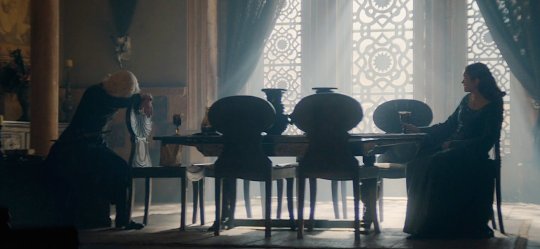


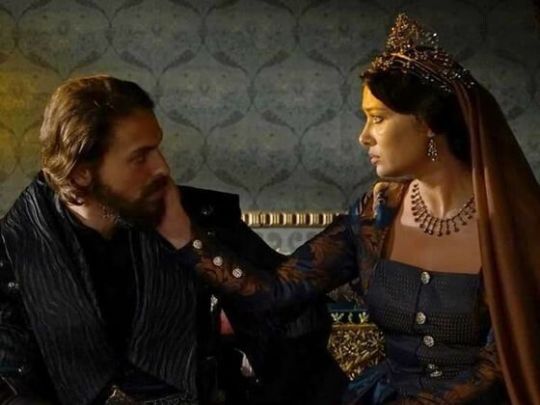
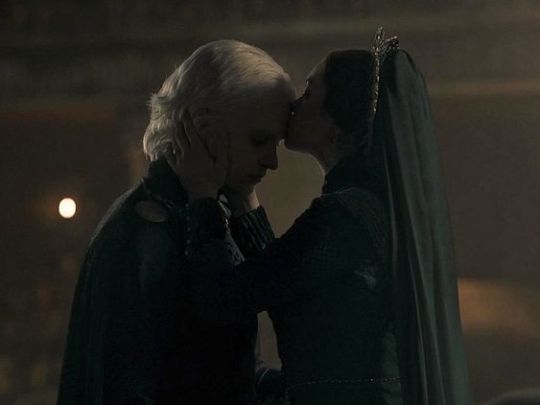


#muhtesem yuzyil#murad iv#kosem sultan#aegon ii targaryen#alicent hightower#muhtesem yuzil kosem#house of the dragon
74 notes
·
View notes
Text








yes i am very normal about my unhinged mother&son duos why you ask
#amarena talks#hotd#house of the dragon#alicent hightower#aegon ii targaryen#magnificent century kosem#magnificent century: kösem#magnificent century: kosem#magnificent century kösem#muhteşem yüzyıl: kösem#muhteşem yüzyıl kösem#kosem sultan#muhtesem yuzil kosem#kösem sultan#murad iv
47 notes
·
View notes
Text


This dark blue and golden kaftan was first worn by Şehzade Osman (later Sultan Osman II) in the twenty-second episode of the first season of Magnificent Century: Kösem. It is worn again by Sultan Murad IV during a flashback in the twenty-sixth episode of the second season.
#Muhteşem Yüzyıl: Kösem#Magnificent Century Kösem#Magnificent Century Kosem#period drama#costume drama#historical drama#Osman II#Şehzade Osman#Sehzade Osman#Şehzade Osman (Son of Mahfiruze)#Murad IV#Şehzade Murad#Sehzade Murad#Şehzade Murad (Son of Kösem)#reused costumes#recycled costumes
16 notes
·
View notes
Text
i am struck by the Aegon/Murad parallels
i need to know if Fire and Blood is inspired by Kosem and her kids
alcoholic/dies from poison allegedlyinvolving his mom(show wise, cirrosis irl, going the way Alicentwas writren she will be the one to put him down like her name is Kristi Noem)✔️
no living sons, only one daughter who dies tragically young ✔️
powerful mother who served as regent for a while and successfully put him on the throne✔️
usurped older half sibling who ordered the death of next sibling for the crime of being a contender for the throne(disputed but Rhaenyra is blamed for Helaena's suicide)✔️
orders the deaths of the male heirs despite having no sons (and fails to kill the last one)✔️
killed person he usurped and it was an older relative✔️
dynasty continues through the sibling he tried to kill(in aegon's case succeeded in killing)✔️
daughter had prophetic dreams(Kaya predicted her own death)/Helaena has prophetic dreams(Jaehaera unconfirmed)✔️
married a princess (show wise, Farya is an oc)✔️
killed his brothers(in Aegon's case indirectly because they died fighting for his cause)✔️
8 notes
·
View notes
Text

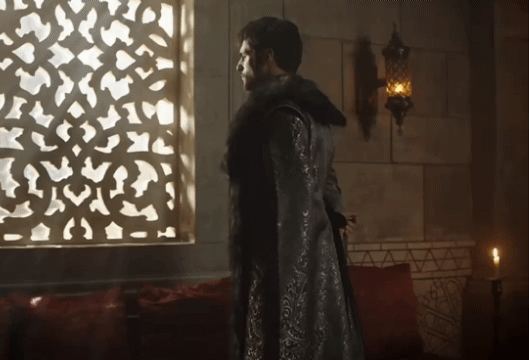
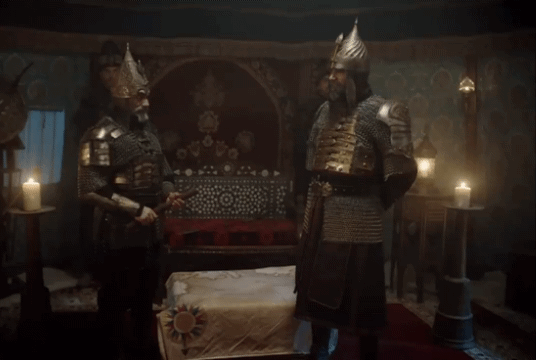
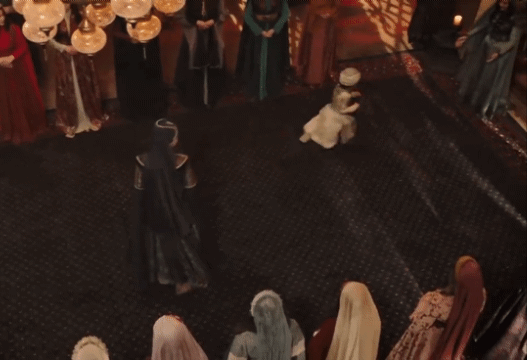
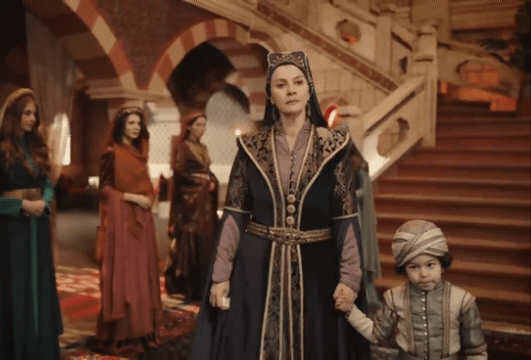




#history#ottoman history#ottoman#ottoman valide#ottoman sultanas#mehmed fetihler sultanı#sultan mehmed ii#mehmed ii gif#mehmed the conqueror#Murad#Sultan murad#sultán#turkish gif#mara hatun#murad#sultans
15 notes
·
View notes
Text
I think I should do a gif set of Murad telling Selim he knows what his father did to survive and he won't make the same mistakes and then the scene from Kösem about the many little coffins that left the palace on the day of his son suceeding to the throne.
8 notes
·
View notes
Text

“I associate King Abdullah II of Jordan with Selim II (Sultan of the Ottoman Empire) and his wife Nurbanu Sultan with Queen Rania of Jordan, I think they are as similar as possible, especially the way they came to power, and I consider Crown Prince Hussein similar to Sultan Murad III (son of Selim II) and Rajwa similar to Safiye Sultan (Nurbanu daughter-in-law and Murad wife).” - Submitted by Anonymous
#King Abdullah II#Queen Rania#crown prince hussein#princess rajwa#murad iii#selim ii#nurbanu sultan#safiye sultan
17 notes
·
View notes
Text
Athener Kaffee-Tagebuch: Leoforos Nikis und Weißer Turm
Jetzt gilt es entlang der Leoforos Nikis am Meer zu flanieren. Der Boulevard beginnt als Fortsetzung der Navarchou Koundouriotou Pavlou an der Platia Eleftherias mit dem Shoa-Denkmal und führt in südöstlicher Richtung entlang der Küste vorbei an der Platia Aristotelous bis zum Weißen Turm, wo er in die Leoforos Megalou Alexandrou übergeht. Sie ist auch als Palea Paralia – Alte Uferpromenade –…
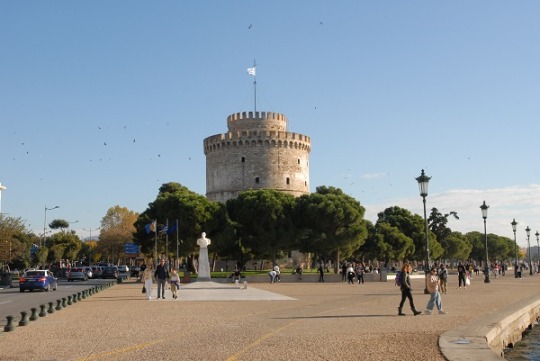
View On WordPress
#Achämeniden#Ägypten#Byzanz#Erzbischof Eustathios#Eustathios von Thessalonike#Konstantin I.#Leoforos Megalou Alexandrou#Leoforos Nikis#Mahmud II.#Palea Paralia#Philipp II.#Platia Aristotelous#Roter Turm#Süleyman der Prächtige#Sultan Murad II.#Thessalien#Thessaloniki#Weißer Turm
0 notes
Text











Allah… Fogadd őt magadhoz. Hősként tért meg hozzád.
#hunyadi#hunyadiedit#perioddramaedit#rise of the raven#murathan muslu#felipe gabriel mariano#murad ii#mehmed ii#mine#sírtam gyerekek. sírtam#i think mehmed should be allowed to do whatever he wants forever.#not That bán mór i swear to g–
23 notes
·
View notes
Text
youtube
#battle of Kosovo#John Hunyadi#Murad II#ottoman empire#hungary#hungarian#ottoman#turkiye#Kosovo#turkey#Turkic#military history#kings and generals#early modern history#early modern period#Youtube
4 notes
·
View notes
Photo

The Balkans and Anatolia in the year 1444
In 1444, the Balkans were a region of significant conflict and transformation. The Ottoman Empire, under Sultan Murad II, was expanding its influence, while Christian kingdoms, including Hungary and Poland, sought to resist Ottoman encroachment. This period culminated in the Battle of Varna on November 10, 1444, where Ottoman forces achieved a decisive victory over the Christian army, leading to the further consolidation of Ottoman power in the Balkans. ⚔️🏰 Encyclopedia Britannica
During this time, many parts of the Balkans were under the rule of Venetian, Hungarian, or Orthodox powers. Strategic cities like Belgrade, Skopje, and Sofia emerged as key centers of influence, marking the crossroads of East and West in this turbulent era. 🌍💥 EGO | Europäische Geschichte Online
In Anatolia, the Ottoman Empire had firmly established its control, unifying the region and strengthening its central authority. Sultan Murad II's reign marked a period of significant consolidation, laying the foundation for future Ottoman expansion into the Balkans and beyond. The empire's dominance over Anatolia provided the stability and resources needed for its military campaigns, including incursions into Southeast Europe that would dramatically reshape the political landscape of the region. 🏛️💪
The Ottoman control over Anatolia in 1444 was pivotal in enabling the empire to project its influence and power, setting the stage for its future expansion across the Mediterranean and into the heart of Europe. 🌍🚀
by Stalker213311/reddit
125 notes
·
View notes
Photo

The White Tower is a monument and museum on the waterfront of the city of Thessaloniki, capital of the region of Macedonia in northern Greece. The present tower replaced an old Byzantine fortification, known to have been mentioned around the 12th century, that the Ottoman Empire reconstructed to fortify the city's harbour sometime after Sultan Murad II captured Thessaloniki in 1430. The tower became a notorious prison and scene of mass executions during the period of Ottoman rule, earning the name “Red Tower” and “Tower of Blood” (Turkish: Kanlı Kule) . The tower was substantially remodeled and its exterior was whitewashed after Greece gained control of the city in 1912. The White Tower has been adopted as the symbol of the city.
Photo by pastelidis_greece on Instagram.
#greece#europe#history#modern history#modern greek history#white tower#monument#landmarks#thessaloniki#macedonia#greek history#mainland
87 notes
·
View notes
Text
Dracula a Love Story characters and their historical counterparts
Vlad - Vlad III, also known as Vlad the Impaler and Vlad Dracula (Vlad Țepeș), was a 15th-century ruler of Wallachia, notorious for his brutal punishment methods, particularly impaling his enemies. He defended his realm from the Ottoman Empire and became a national hero in Romania.


Mehmed - Mehmed II, also known as Mehmed the Conqueror (Mehmed bin Murad), was the Ottoman Sultan who famously captured Constantinople in 1453. Historically, Mehmed II clashed with Vlad Dracula during campaigns in Wallachia, adding political depth to their enmity.


Radu - Radu III, also known as Radu the Handsome, was the younger brother of Vlad the Impaler and historically served as a ruler of Wallachia under Ottoman control. His rivalry with Vlad is well-documented, as Radu supported the Ottomans while Vlad opposed them.


Sultan Murad - Murad II was a formidable ruler who expanded Ottoman control in the Balkans and fought against various European coalitions. His campaigns laid the groundwork for the later conquests of his son, Mehmed II.


Gjerg Skanderberg - Gjergj (Gjergj Kastrioti), commonly known as Skanderbeg, was an Albanian feudal lord and military commander who led a rebellion against the Ottoman Empire. Skanderbeg's legacy as a defender of Christian Europe against the Ottomans is similar to how Vlad Dracula is viewed by some in Romania. Both are celebrated as national heroes who fought for independence and freedom in their respective lands.


Erzsebet (Erzsi) - Erzsébet Báthory (Countess Elizabeth Báthory de Ecsed), also known as The Blood Countess or Countess Dracula, was a Hungarian noblewoman from the late 16th and early 17th centuries, infamous for allegedly torturing and killing young girls. She is considered one of the most prolific female serial killers in history.


#romance club#rc dracula a love story#rc vlad#rc mehmed#rc radu#rc murad#rc gjerg#rc erzsi#Just a little history lesson
47 notes
·
View notes
Text
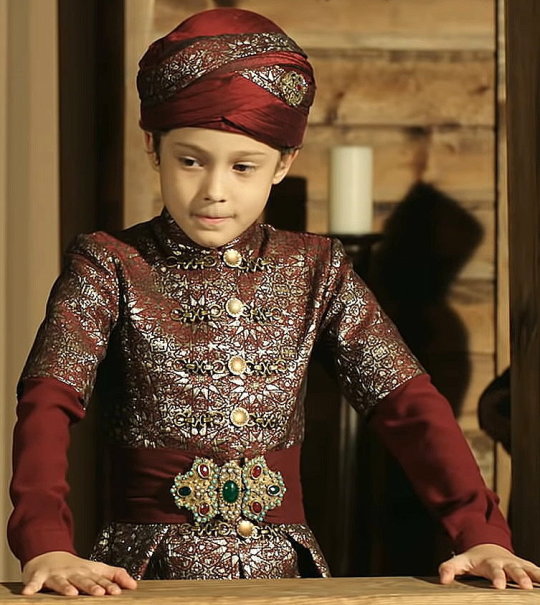


This red and silver kaftan was first worn by Sultan Murad IV in the thirtieth and final episode of the first season of Magnificent Century: Kösem. It was worn again by Murad's nephew Sultanzade Selim in the second episode of the second season.
The kaftan also appeared in the second episode of the first of Golden Apple: The Grand Conquest on Şehzade Mehmed (later Sultan Mehmed II).
#Muhteşem Yüzyıl: Kösem#Magnificent Century Kösem#Magnificent Century Kosem#Kızılelma: Bir Fetih Öyküsü#Golden Apple: The Grand Conquest#period drama#costume drama#historical drama#Murad IV#Şehzade Murad#Sehzade Murad#Şehzade Murad (Son of Kösem)#Sultanzade Selim#Sultanzade Selim (Son of Gevherhan)#Şehzade Mehmed#Şehzade Mehmed (Son of Hüma)#Sehzade Mehmed#Mehmed II#reused costumes#recycled costumes
22 notes
·
View notes